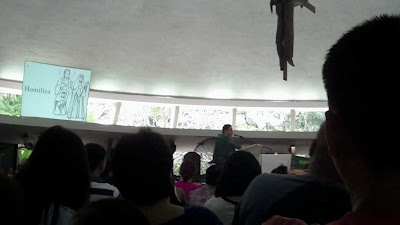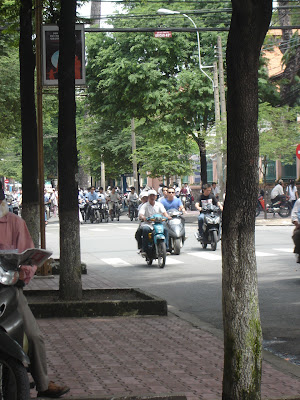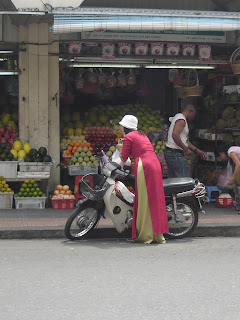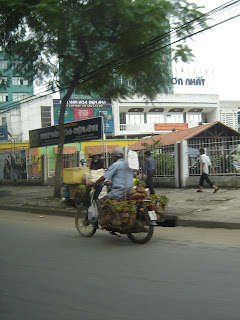HAVING one national map helps evaluate natural resources –where these
are abundant and scarce, identify disaster prone areas, pinpoint human
and commodity traffic flow, and, generally, get to where one wants to
go by following a road network.
The Philippines doesn't enjoy these benefits because it has several
maps and mapping system relative to a government agency or unit.
"We're missing out on the social and economic development one national
map brings," former National Mapping and Resource Information
Authority (Namria) official Francisca N. Dayrit said.
Dayrit, who's now executive vice-president of Geodata Systems
Technologies Inc., a private company specializing on map creation and
management software, spoke to reporters Thursday or nearly a month
before a 2-day conference in Manila.
Dayrit credits the action on the leak at West Tower to the
availability of a map by the Makati City government, which she said is
a GSTI client.
"It [the drilling to locate the leaking pipe under a condominium] was
only delayed because of the elections and the purchase of more
sophisticated equipment. But because they have a map, the UP NIGS
people were able to bore a hole in a specific location."
She also cited the Manila Water Co.'s investment to have bode well for
the utility firm's move to cut non-revenue water loss from 67 percent
to just below 13 percent.
"They have maps where you can even see the meter."
Manila Water recently awarded a mapping provider for a P29-million
project in the Rizal province, according to persons involved in the
bidding. GTSI lost in the bid.
Other companies that benefited from having a basic map are those in
the fast-food delivery business and in logistics that help in managing
sales territory and identify customers and routes.
Dayrit noted that having one national map could also help spur
businesses like those in tourism and in global positioning system
(GPS) technology.
Likewise, having one cuts costs and generate revenue for government
because ten could buy just one basic map from government and each just
add their own layer relative to their core business like power and
water distribution, she added.
Dayrit added having one national map provides empirical data
especially during elections since data could show a specific number of
voters in very specific boundaries.
"A lot of information's disjointed. For example, I voted for my
barangay but I later found out in the tax mapping that I was giving to
the adjoining village."
Having one national map, she said, sets a standard that every entity
can follow and further develop.
"It can also spur people's participation because anyone can just draw
a map of their street or community and submit this to the barangay
whose officials will then consolidate the data, whether it contains
medical or health services, educational institutions' location, etc.,
and submit these to the municipal government and so on."
Citing Namria data, the Philippines needs 13,000 basic map sheets, 24
percent of which are urban areas.
But as of 2010, only 400 map sheets have been completed.
A mapsheet contains the basic information of streets, buildings, and
major utilities. Dayrit said one mapsheet can be accomplished within
two months.
Dayrit said the most important thing is to have a framework for
development; "one operating picture of where we are and where we want
to go."
However, she noted that government executives have to agree to work on
this common goal.
"They need to work together lest we really want our country to move forward."
To note, GSTI sells its products costing anywhere between P150,000 to
P4 million, some of which includes provision of training to buyer's
employees.
[Photo shows aerial view of Tomas Morato, Quezon City, Downloaded from
http://www.geodata.com.ph/index.php?option=com_content&view=article&id=140&Itemid=210]







.jpg)
.jpg)
.jpg)
.jpg)

-767894.jpg)
.jpg)
.jpg)
.jpg)

-744232.jpg)
-711412.jpg)